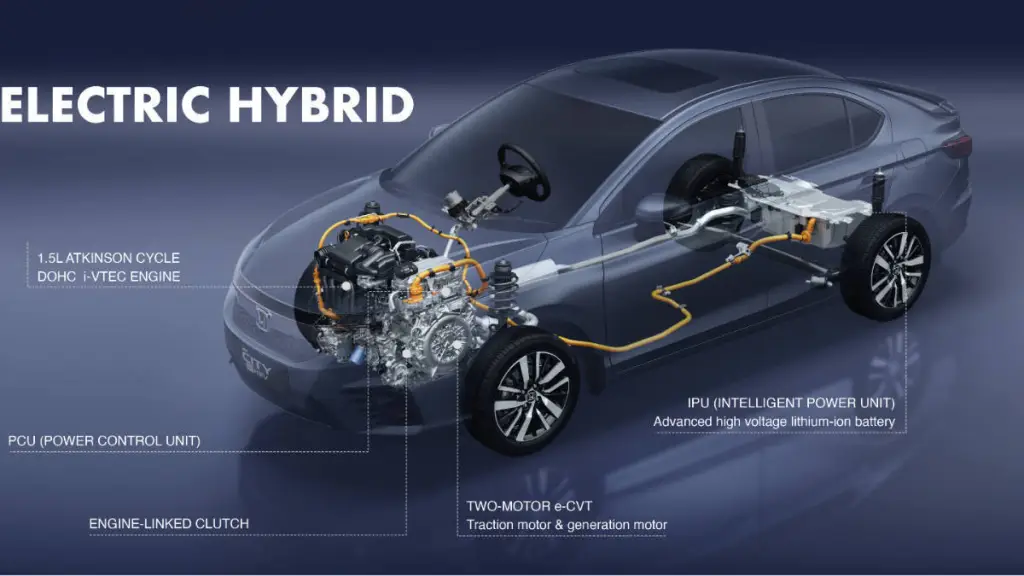The world is looking for cleaner mobility solutions, giving rise to new technologies such as CNG-powered vehicles, Hydrogen fuel, electric cars, and hybrids. Many carmakers have even shelved their diesel engines in a bid to curb pollution.
With some modern cars today, customers are left to choose between a regular petrol engine or a hybrid system, raising concerns about charging, range, etc. The solution is to understand how a hybrid system works and how different it is, compared to a regular petrol-powered vehicle.
Let’s take a look at the difference between a petrol engine and a hybrid engine, along with how they work.




Petrol-powered engine
A petrol-powered engine or an Internal Combustion Engine (ICE) primarily runs on petrol that is burnt in the combustion chamber of the engine, transferring power to the wheels via a driveshaft. The burnt petrol fumes exit the car via the exhaust pipe, and into the atmosphere.
The sole fuel used to propel the car is petrol, and some examples of petrol-powered cars are the Maruti Suzuki Alto, Hyundai Verna, Hyundai i20, Tata Nexon (petrol), and so on. Most vehicles in the Indian market are petrol-driven.
Hybrid-powered vehicles
A hybrid-powered vehicle has a regular internal combustion engine and an electric drivetrain that work together. The vehicle is primarily driven with the battery pack or by the ICE depending on the type of vehicle. Most hybrid vehicles sold in India are primarily driven by the petrol engine, however, at lower speeds, the electric drivetrain takes over.
At higher speeds, the petrol engine and the hybrid motor work together to deliver more performance, while using lower petrol. The electric motor drives until the battery are fully discharged before the ICE takes over, and usually, the pure EV range is minimal. When the battery pack is low on power, the petrol engine and regenerative braking charge the battery (hybrid), or it can be charged similar to electric cars on some models by an external charger, which is called a plug-in-hybrid.
Some examples of hybrid vehicles in India are the newly-launched Maruti Suzuki Grand Vitara Strong Hybrid, Toyota Urban Cruiser Hyryder Hybrid, Honda City Hybrid, and the Toyota Camry Hybrid.




















